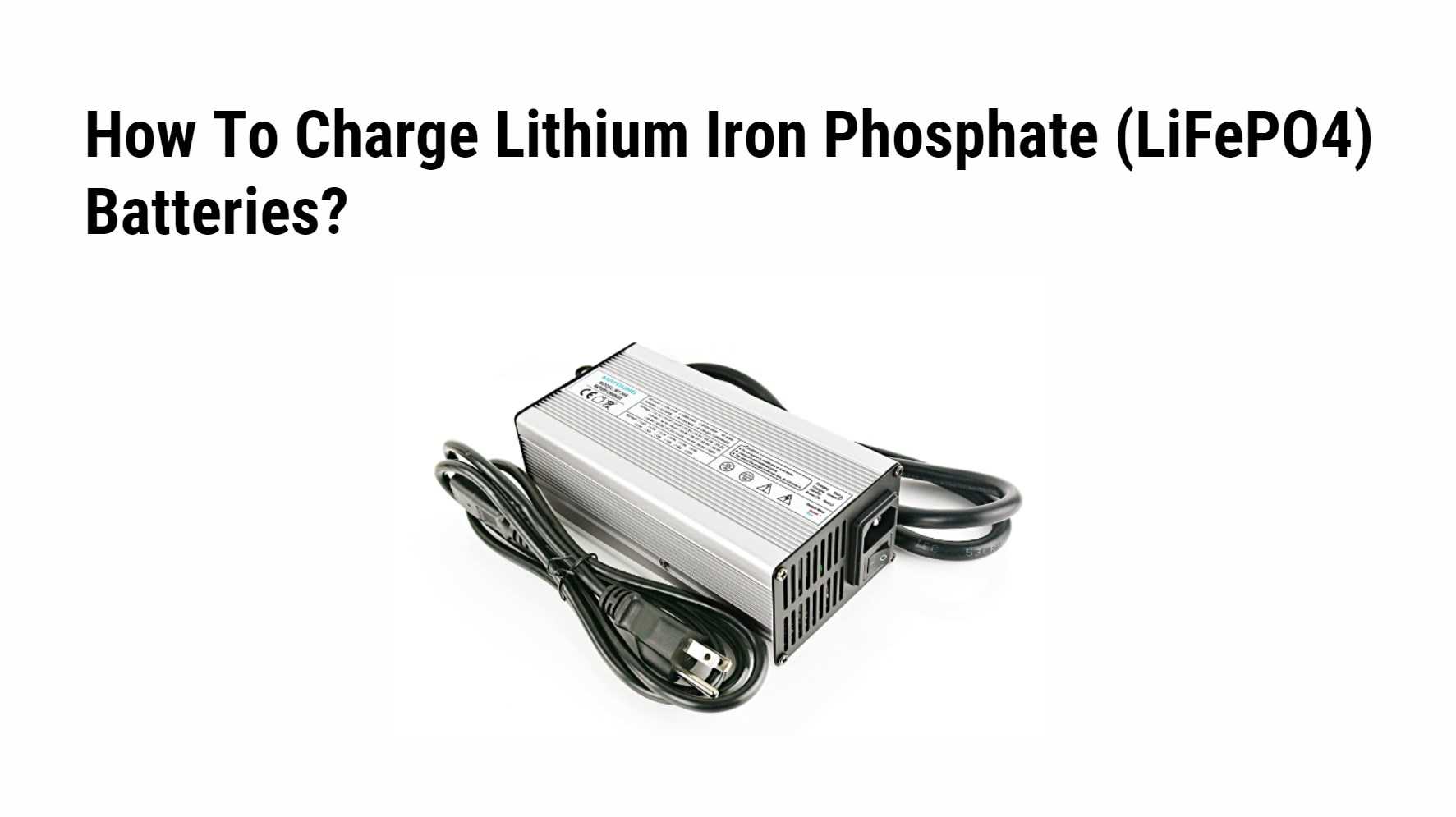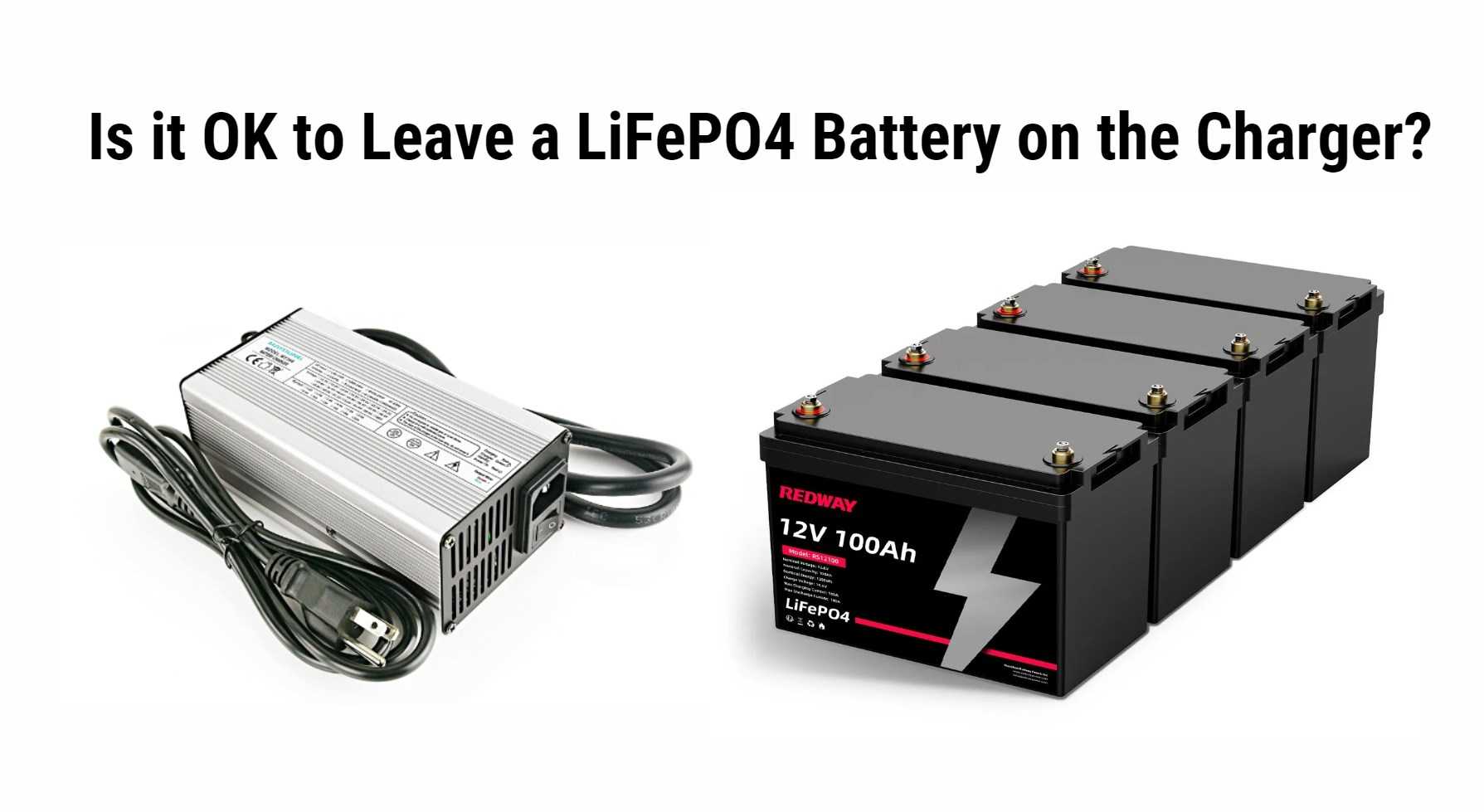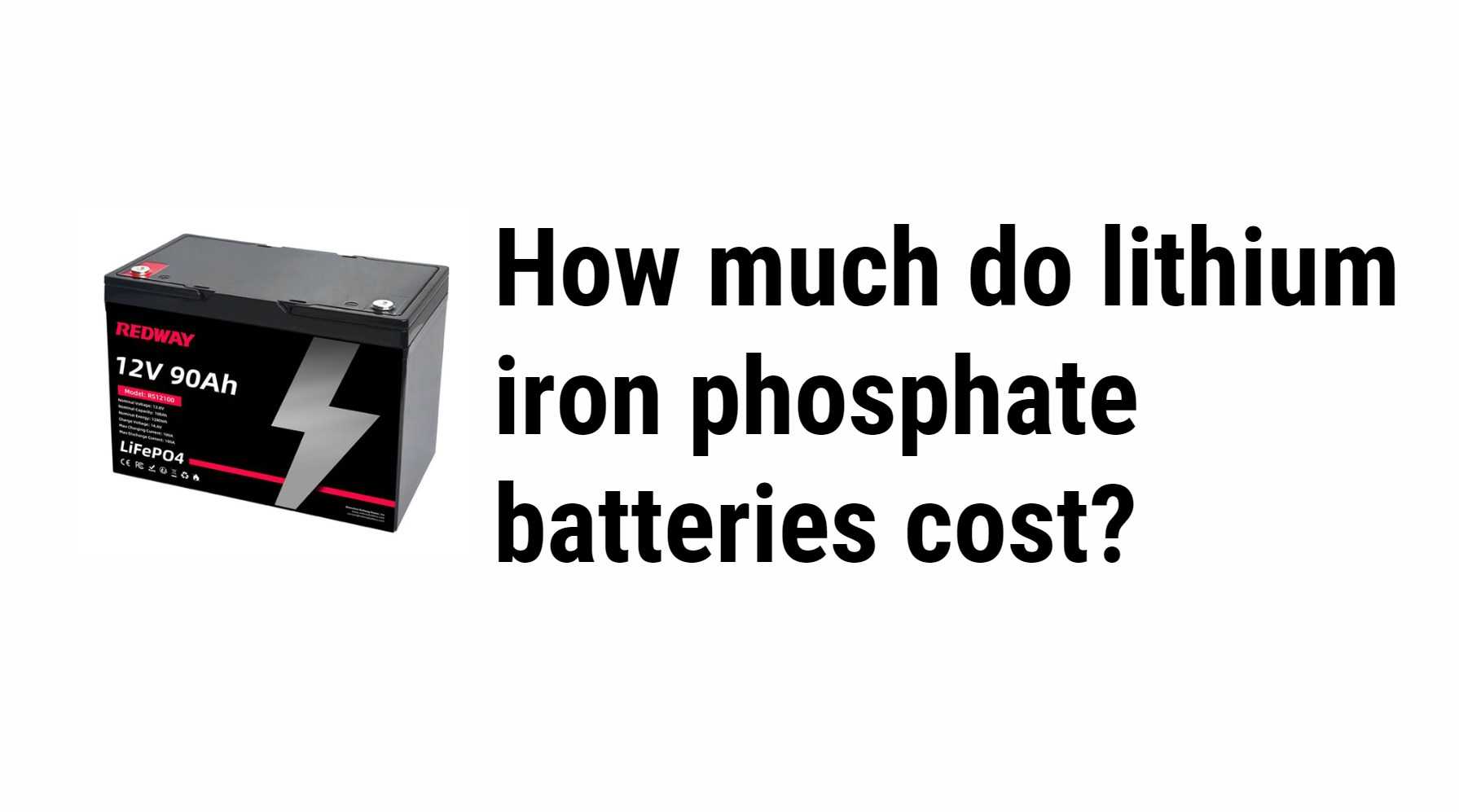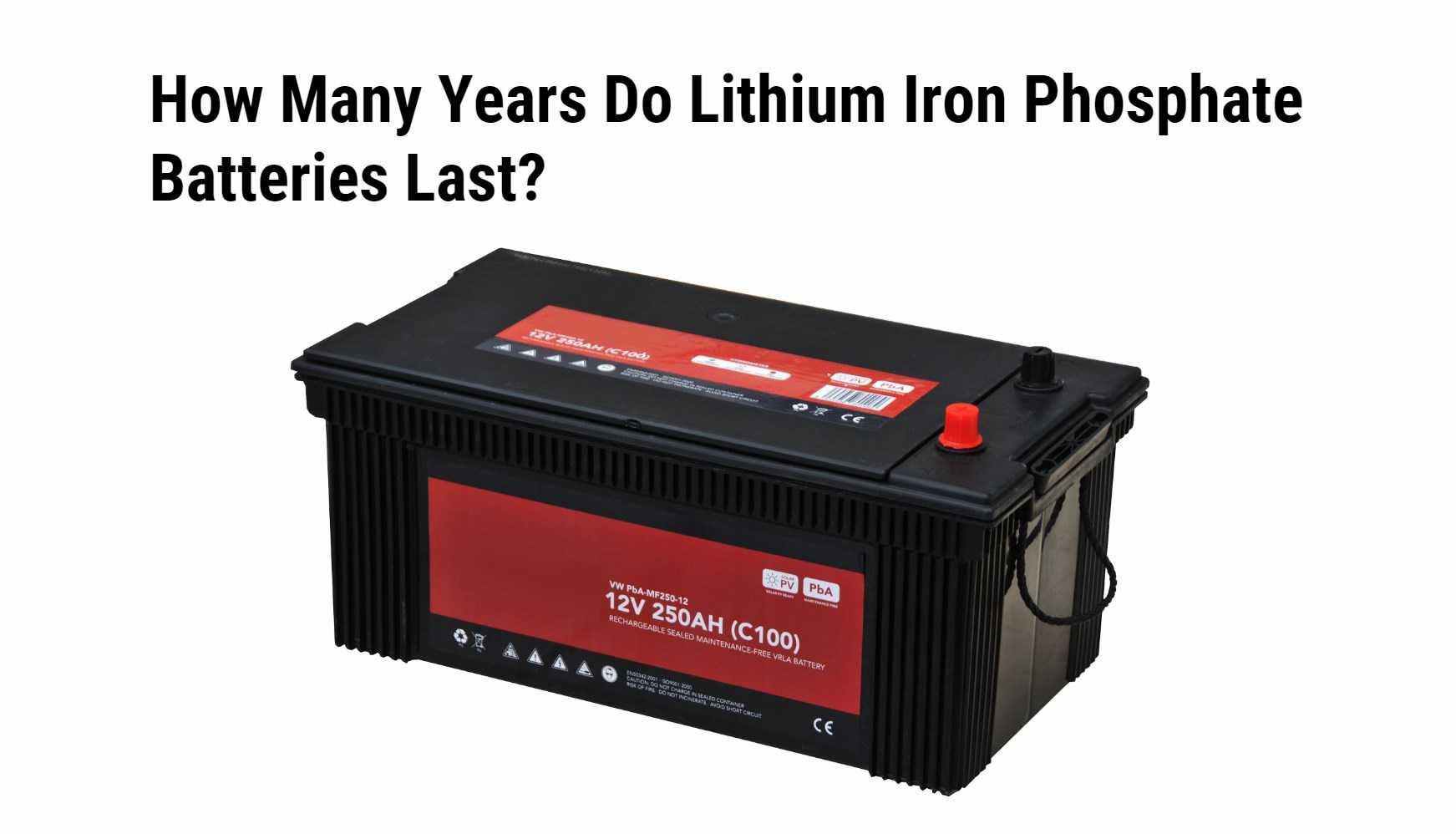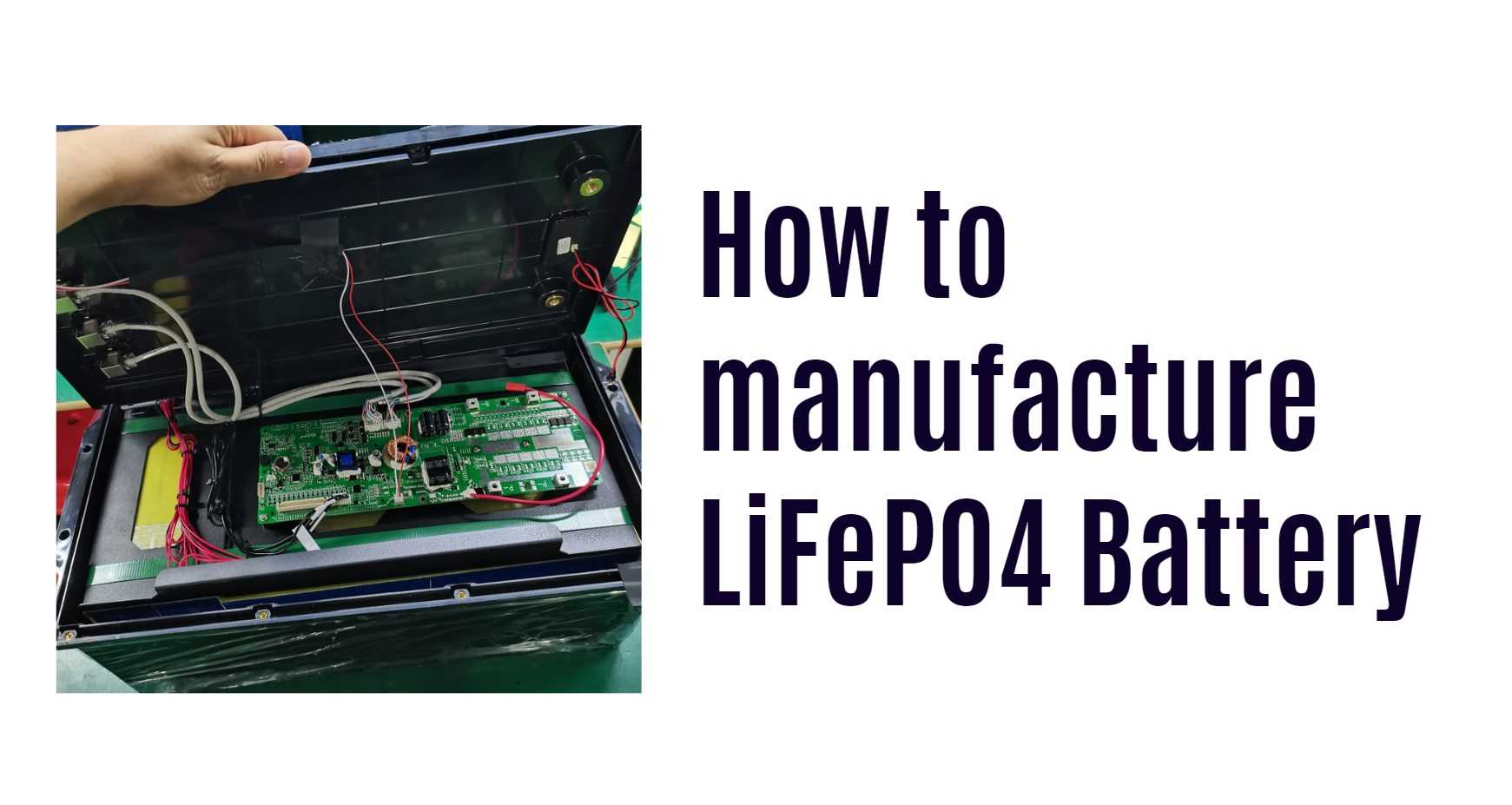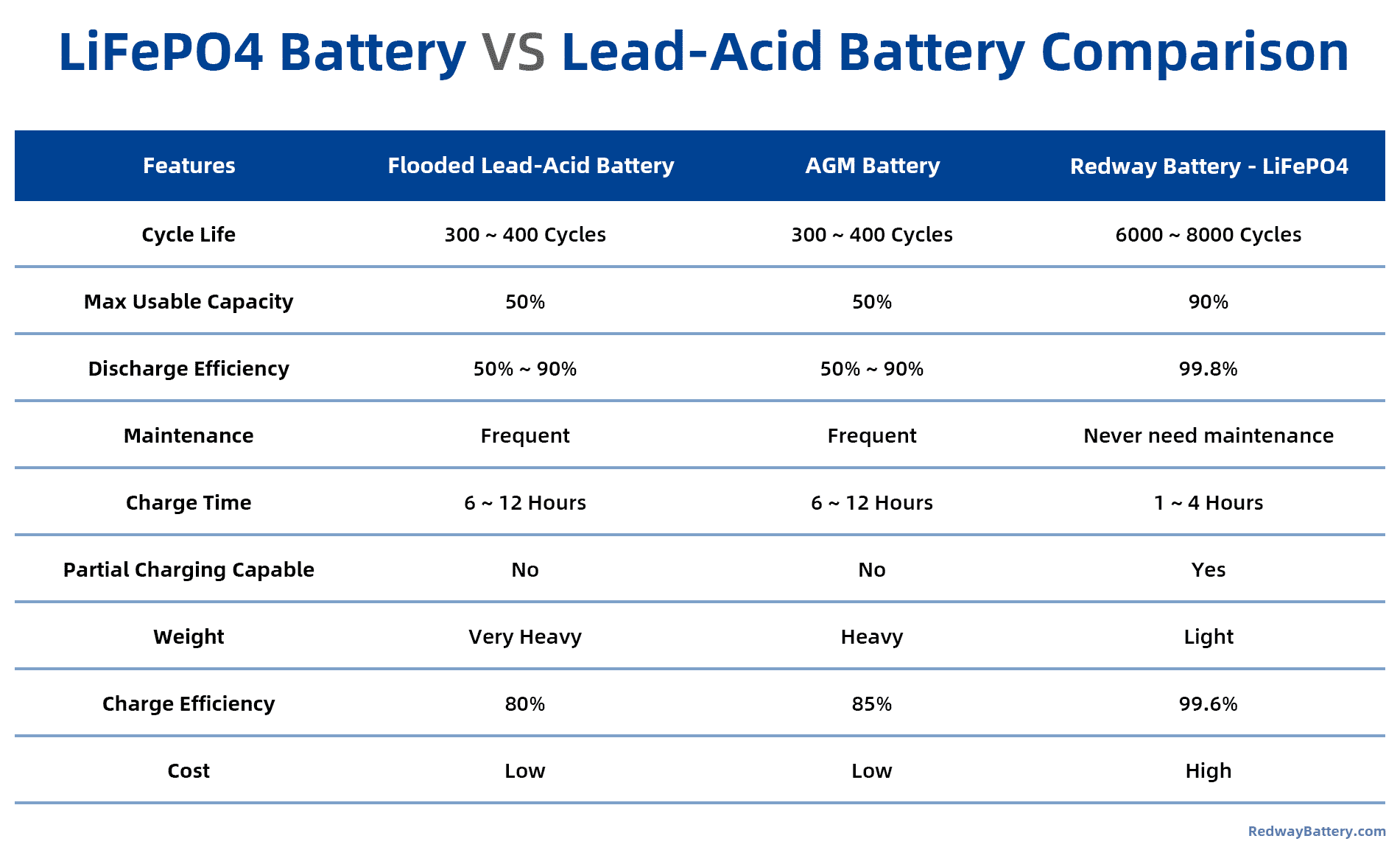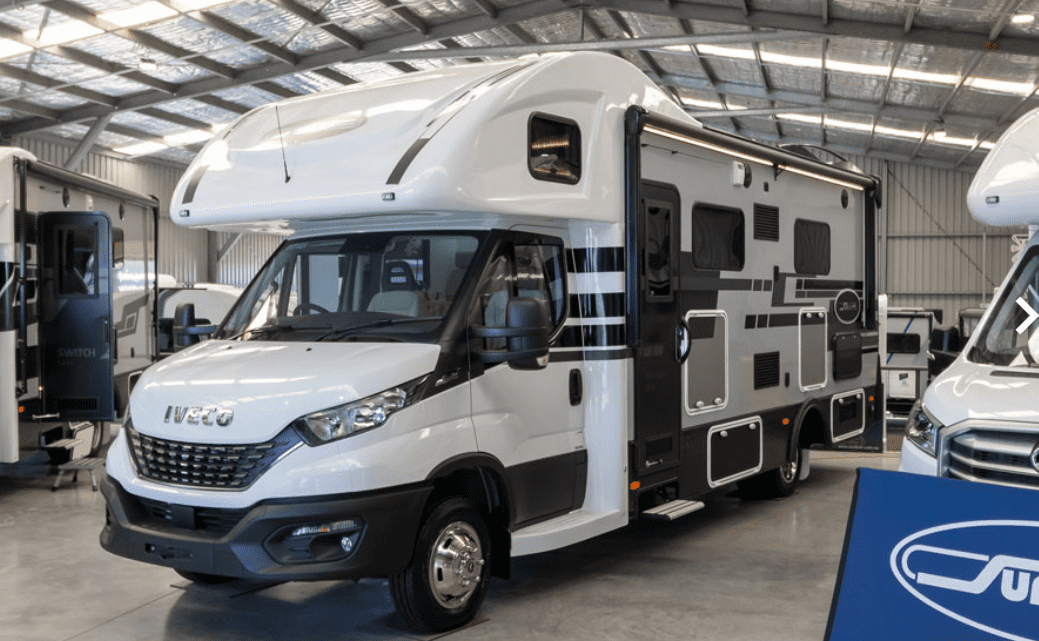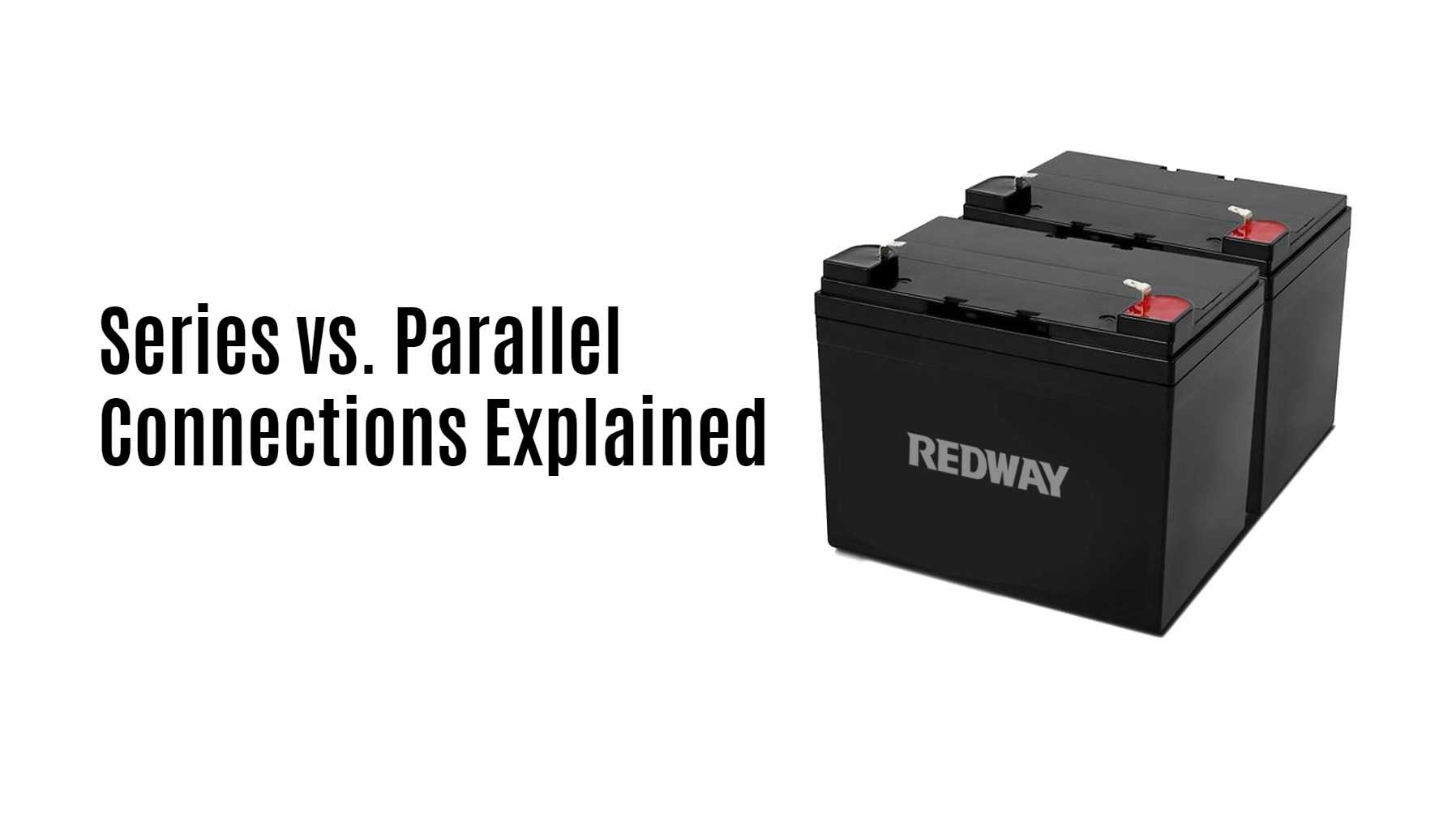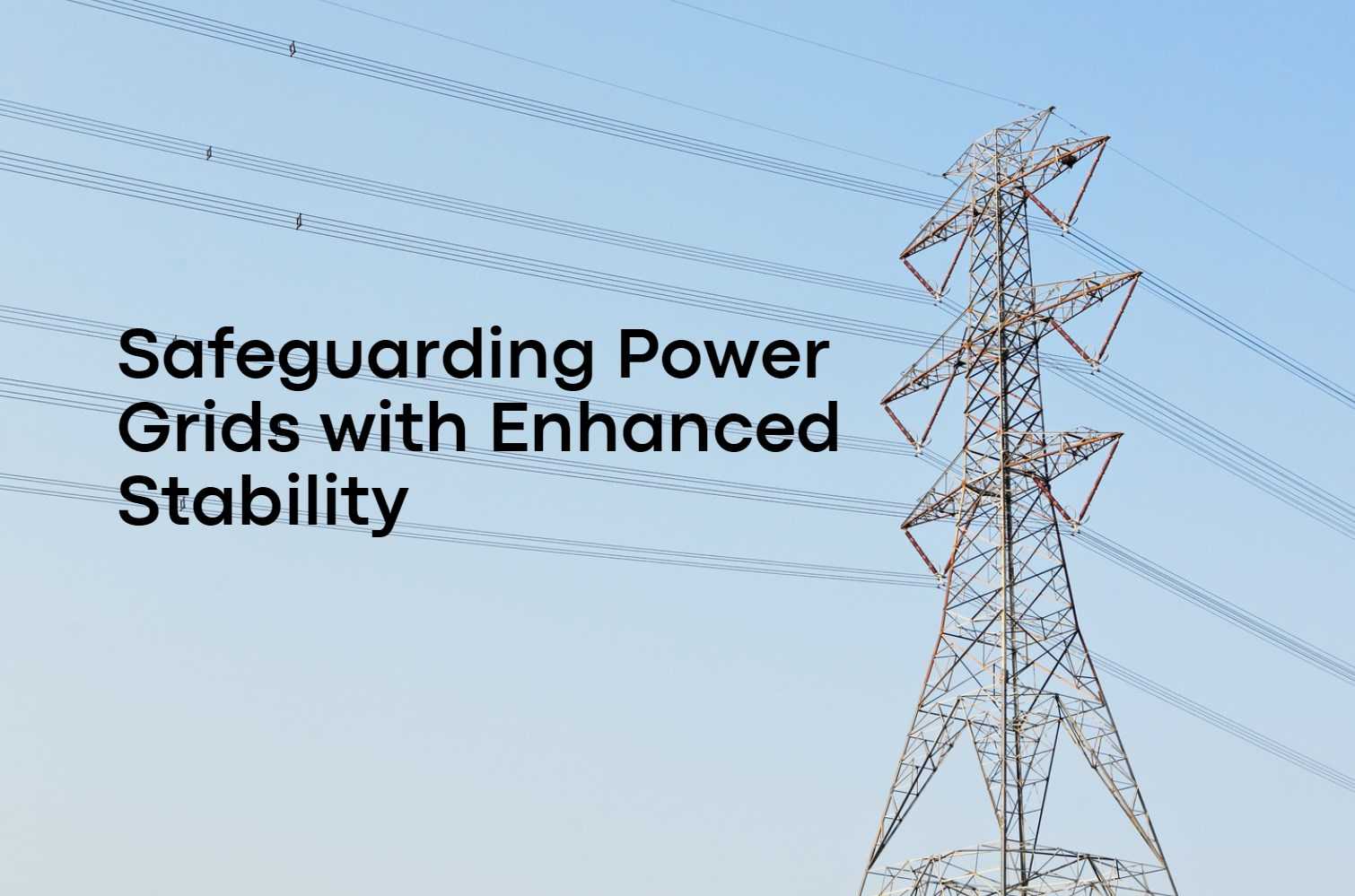How to Charge Lithium Iron Phosphate (LiFePO4) Batteries
Charging Lithium Iron Phosphate (LiFePO4) batteries correctly is crucial for maximizing their performance, lifespan, and safety. These batteries are widely used in various applications, including electric vehicles, renewable energy systems, and portable electronics. In this comprehensive guide, we will explore the best practices for charging LiFePO4 batteries, including recommended voltages, charging methods, and safety precautions.
1. Understanding Lithium Iron Phosphate Batteries
1.1 What are LiFePO4 Batteries?
Lithium Iron Phosphate batteries are a type of lithium-ion battery that utilizes lithium iron phosphate as the cathode material. This chemistry provides several advantages:
-
Safety: LiFePO4 batteries are known for their thermal stability and lower risk of combustion.
-
Longevity: They typically have a longer cycle life compared to other lithium-ion chemistries, often exceeding 2000 cycles.
-
Environmental Impact: The materials used in LiFePO4 batteries are less toxic and more environmentally friendly.
1.2 Key Characteristics
- Nominal Voltage: The nominal voltage of a LiFePO4 cell is approximately 3.2 to 3.3 volts.
- Optimal Charge Voltage: The recommended charge voltage typically ranges from 3.6 to 3.65 volts per cell.
2. Recommended Charging Practices for LiFePO4 Batteries
2.1 Optimal Charging Voltage
To achieve optimal performance and longevity:
-
Charge Voltage: Each LiFePO4 cell should be charged to a maximum of 3.6 to 3.65 volts.
-
For a typical 12V battery pack (four cells in series), the total charging voltage should not exceed 14.6 to 14.8 volts.
2.2 Charging Profiles
Using the correct charging profile is essential:
-
Constant Current (CC): Charge at a constant current until the battery reaches the set voltage.
-
Constant Voltage (CV): After reaching the set voltage, switch to constant voltage mode until the current drops to a predetermined level (usually around 0.05C).
2.3 Recommended Charging Current
The charging current should typically be set based on the battery’s capacity:
- A common recommendation is to charge at a rate of 0.5C to 1C, where C represents the capacity of the battery in amp-hours (Ah). For example, for a 100Ah battery, a charging current of 50A to 100A is suitable.
3. Charging Methods for LiFePO4 Batteries
3.1 Using a Dedicated LiFePO4 Charger
Investing in a charger specifically designed for LiFePO4 batteries is crucial:
-
These chargers automatically adjust the voltage and current according to the battery’s state of charge.
-
They often include safety features such as over-voltage protection and temperature monitoring.
3.2 Smart Chargers and Battery Management Systems (BMS)
Utilizing smart chargers equipped with BMS can enhance safety and efficiency:
- A BMS monitors individual cell voltages and temperatures, ensuring balanced charging across all cells.
- Smart chargers can communicate with the BMS to optimize charging cycles based on real-time data.
4. Safety Precautions When Charging LiFePO4 Batteries
4.1 Temperature Monitoring
Temperature plays a crucial role in battery performance:
-
Ensure that charging occurs within the recommended temperature range (typically between 0°C to 45°C).
-
If temperatures exceed this range, consider reducing the charging current or stopping the charge until temperatures normalize.
4.2 Avoid Overcharging
Overcharging can lead to significant risks:
-
Always use chargers with built-in overcharge protection.
-
Regularly monitor battery voltage during charging to ensure it does not exceed safe limits.
4.3 Proper Ventilation
Ensure adequate ventilation while charging:
- Charging generates heat; proper airflow can help dissipate heat and prevent overheating.
5. Common Questions About Charging LiFePO4 Batteries
5.1 How long does it take to charge a LiFePO4 battery?
Charging time varies based on capacity and charger specifications but typically ranges from 2 to 8 hours for full charge.
5.2 Can I use my regular lithium charger for LiFePO4 batteries?
No, it is essential to use a charger specifically designed for LiFePO4 batteries to ensure safe and effective charging.
5.3 What happens if I exceed the recommended charge voltage?
Exceeding the recommended charge voltage can lead to overheating, capacity loss, or even thermal runaway.
6. Latest Developments in Lithium Battery Technology
Recent advancements in lithium battery technology focus on improving efficiency and safety features:
- Innovations in lithium-ion chemistry are leading to lighter, more efficient batteries that offer longer lifespans.
- Research into solid-state batteries promises increased energy density and enhanced safety characteristics in future models.
7. Conclusion
In conclusion, properly charging Lithium Iron Phosphate (LiFePO4) batteries is essential for maximizing their performance and lifespan while ensuring safety during operation. By adhering to recommended voltages, utilizing dedicated chargers, and following best practices, users can enjoy reliable energy storage solutions that meet their needs effectively.At Redway Battery, we specialize in manufacturing high-quality Lithium LiFePO4 solutions tailored to meet diverse customer needs worldwide. With our extensive experience in this field, we provide custom solutions quickly for wholesale and OEM customers. For a quick quote or more information about our products, please contact us today!

